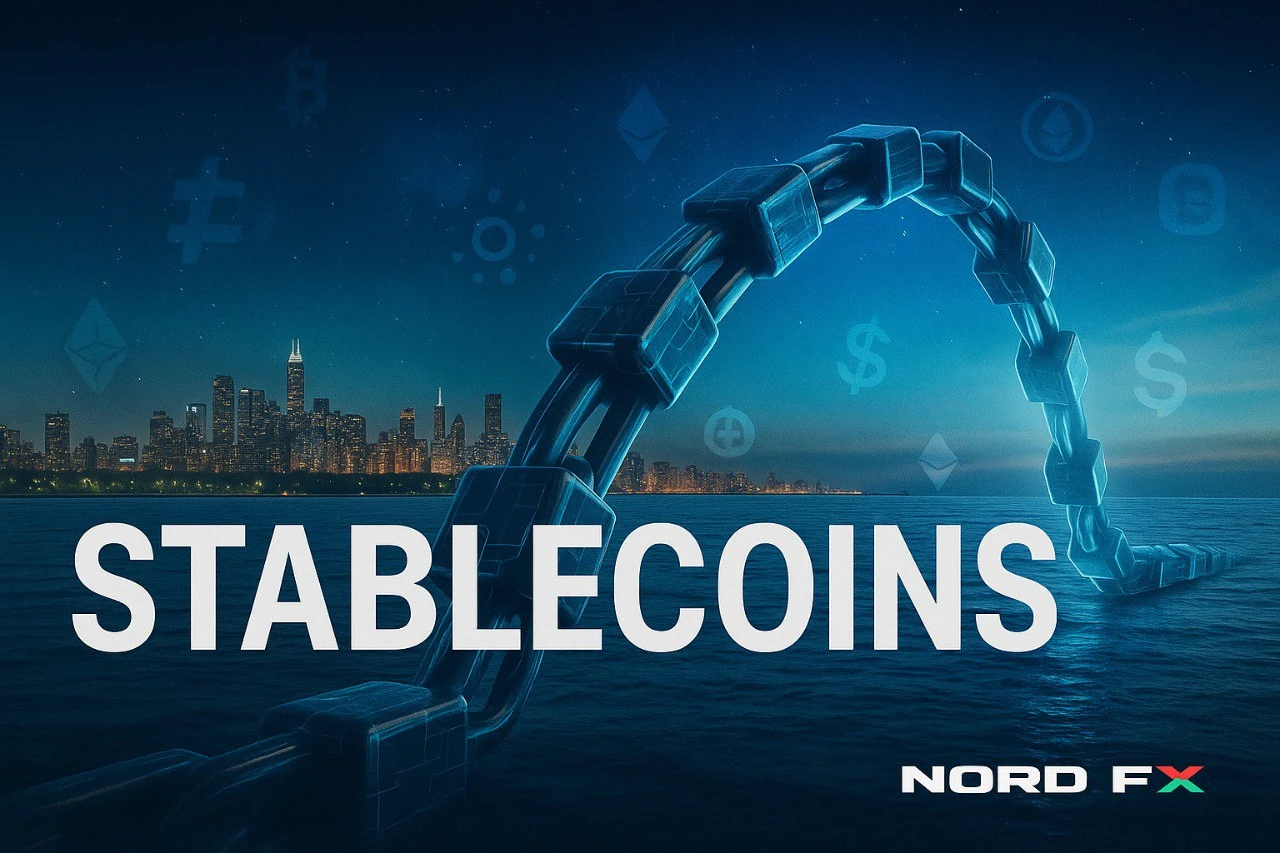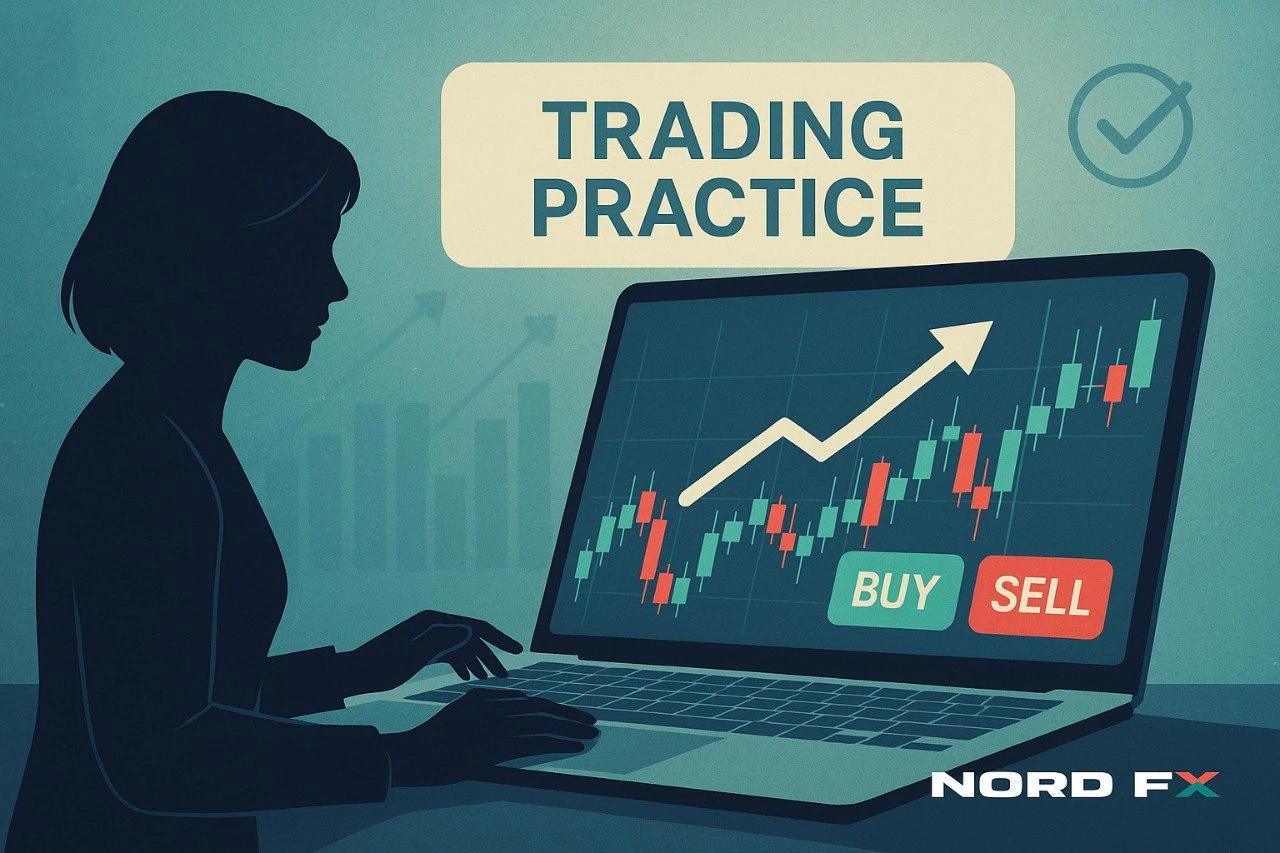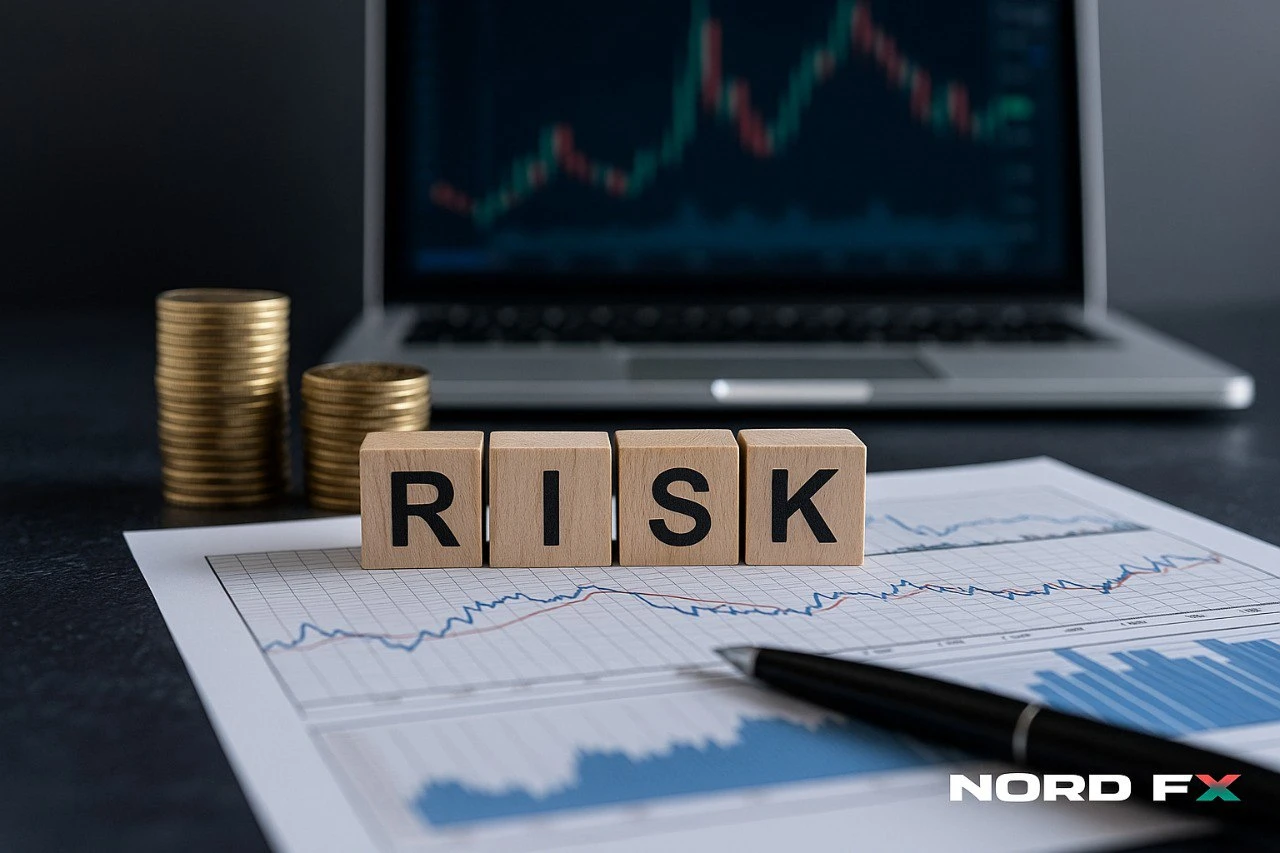Stablecoins have become an essential part of global trading. They were created to combine the flexibility of cryptocurrencies with the stability of traditional money, offering a digital form of cash that can move around the world in seconds. In 2025, they are no longer a niche tool used only by crypto enthusiasts. They are part of the daily reality for many traders who move funds between forex, crypto and commodities. Yet the past two years have also brought new rules, new risks and a growing need for awareness.

What exactly is a stablecoin and why it matters
A stablecoin is a digital token whose value is linked to a reference asset such as the US dollar, the euro or gold. Its purpose is to provide stability where traditional cryptocurrencies fluctuate sharply. For traders, stablecoins serve several practical functions. They allow profits to be parked temporarily without leaving the market, enable instant transfers between exchanges, and form the backbone of much of decentralised finance (DeFi).
The key difference between a stablecoin and traditional money lies in how its price is kept steady. Some issuers hold cash or short-term government bonds equal to the value of all tokens in circulation. Others rely on smart contracts and collateralised crypto assets. A few use algorithmic formulas that automatically expand or contract supply. Each model behaves differently under stress. The collapse of algorithmic coins such as TerraUSD in 2022 proved that not all pegs survive market panic.
If you are new to trading digital assets, NordFX has prepared a helpful guide titled How to Buy Crypto Pairs Like BNBUSD and SOLUSD: A Beginner’s Guide, which explains how cryptocurrencies are traded and settled through the broker’s platform.
How stablecoins are structured
Most stablecoins belong to one of three types. Fiat-backed tokens, such as those tied to the dollar, are supported by reserves in cash or liquid securities. Crypto-backed coins use other digital assets as collateral within smart contracts. Commodity-backed tokens, though less common, link to gold or oil. The concept of redemption is critical. Holders should be able to exchange each token for its underlying fiat value. When that mechanism works, trust and liquidity follow.
For traders, the stability and transparency of reserves directly influence spreads and execution. When confidence in a stablecoin weakens, the bid and ask prices begin to diverge, slippage increases and stop orders can be triggered at less favourable levels. This is why the choice of token should be as careful as the choice of broker or platform.
Those who wish to understand how currency pairs are structured and traded more broadly can read Synthetic Currency, Cryptocurrency and Other Pairs: What Are They, How to Create and Use Them, which explains how asset combinations affect pricing and execution.
The global regulation wave in 2025
Until recently, stablecoins existed in a legal grey zone. In 2025, that changed dramatically. The European Union’s Markets in Crypto-Assets Regulation, known as MiCA, came into full effect. It requires stablecoin issuers to maintain one-to-one backing in cash or other highly liquid assets and obtain proper authorisation. Algorithmic stablecoins that lack tangible reserves are largely banned. Tokens referencing baskets of currencies or commodities face strict issuance limits. The goal is to prevent a repeat of earlier collapses that spilled into broader financial markets.
In the United States, the GENIUS Act, adopted in July 2025, created a federal framework for stablecoin issuers. It defines “permitted payment stablecoins” and obliges them to publish detailed reserve reports. Foreign issuers seeking access to the US market must meet equivalent standards. These measures increase confidence but may reduce the number of unregulated tokens available to traders.
Other regions have moved in the same direction. Hong Kong, Singapore, the UK and Japan have all proposed or enacted new licensing regimes for fiat-backed tokens. The message is clear: regulation has caught up with innovation, and compliance now determines which stablecoins remain viable.
What this means for traders
Even though regulation sounds abstract, it has practical effects. Liquidity in non-compliant tokens can disappear as exchanges delist them. Wallets may limit transfers, and bid-ask spreads often widen when investors lose confidence in an issuer. For traders using stablecoins in day or swing strategies, this can affect entry and exit levels.
Imagine a trader who closes a profitable long position in Solana and moves the proceeds into a stablecoin before opening a short in another asset. If the chosen token loses its peg or suffers a redemption delay, conversion may occur at a worse price, eroding gains. Monitoring market depth and order-book activity therefore matters as much as reading charts.
Stablecoins are also central to DeFi projects that promise attractive yields. While such opportunities can be tempting, they carry counterparty risk. If a lending protocol or staking pool fails, the underlying stablecoin does not automatically protect the funds. It is wiser to view stablecoins as a convenient bridge asset, not as a substitute for cash or regulated deposits.
Stablecoins and risk management
For many traders, stablecoins act as an intermediate asset between trades. They provide a quick way to exit a volatile position without leaving the crypto ecosystem. However, they should still be included in your risk management plan. When setting trailing stop-loss or take-profit orders, it is important to ensure that the stablecoin pair you will convert into has strong liquidity. Slippage on this step can easily change your final result.
Portfolio allocation also matters. Diversifying among several well-audited stablecoins can reduce exposure to a single issuer or chain. Some tokens now generate small returns through tokenised Treasury-bill strategies, but even these remain subject to regulatory and market risks.
If you would like to refine your trade-management approach, NordFX’s article Position Sizing: The Quietly Powerful Edge Most Traders Overlook offers valuable guidance on balancing position size, stop levels and account risk. You can also compare trading conditions, spreads and leverage options available across NordFX Account Types, to choose the setup that best fits your strategy and risk profile.
De-pegs, liquidity shocks and vigilance
Despite their name, stablecoins are not perfectly stable. Temporary de-pegs occur when redemption mechanisms break down, when large redemptions drain liquidity, or when questions arise about reserve quality. In such moments, even traders in unrelated assets can feel the effect through wider spreads and reduced order-book depth.
The best protection is information. Follow regular audit reports from issuers, stay updated on regulatory news and monitor exchange liquidity for the stablecoins you use most. Transparency has improved greatly since 2023, yet vigilance remains essential.
Integrating stablecoins into trading practice
Stablecoins now touch nearly every corner of financial markets. In day trading, their liquidity determines how quickly positions can be entered and exited. In swing trading, their regulatory clarity helps decide which tokens are safe to hold over time. For algorithmic and copy-trading systems, they provide a universal quote currency that keeps strategy performance consistent.

They also form a bridge between asset classes. Profit taken in a commodity CFD can be held in a dollar-pegged token before being redeployed into a crypto pair such as BTCUSD or ETHUSD. This flexibility explains why stablecoins have evolved from an experimental tool into standard market infrastructure.
Final thoughts
The world of stablecoins in 2025 is more mature, more transparent and far more regulated than ever before. For traders, this brings both clarity and responsibility. Selecting a stablecoin with solid backing, clear audit data and strong liquidity is as crucial as choosing a trusted broker. Understanding how bid/ask spreads, wallet security and regulatory status interact will help you trade more effectively across markets.
Stablecoins have become a true bridge between traditional finance and decentralised systems. They can make trading smoother and faster, but only when used with full awareness of their structure and limitations. Treat them as you would any financial instrument, not merely as a convenience, and they can enhance your ability to manage exposure, preserve profits and reduce volatility.


